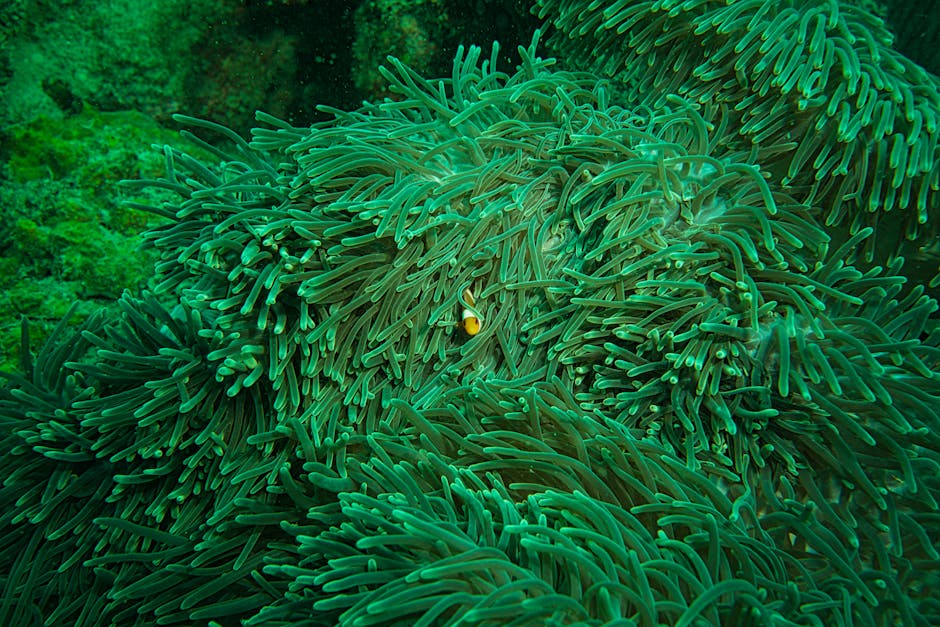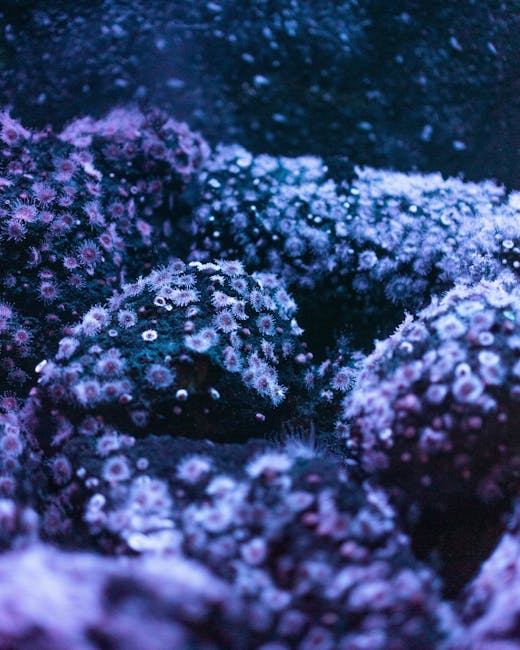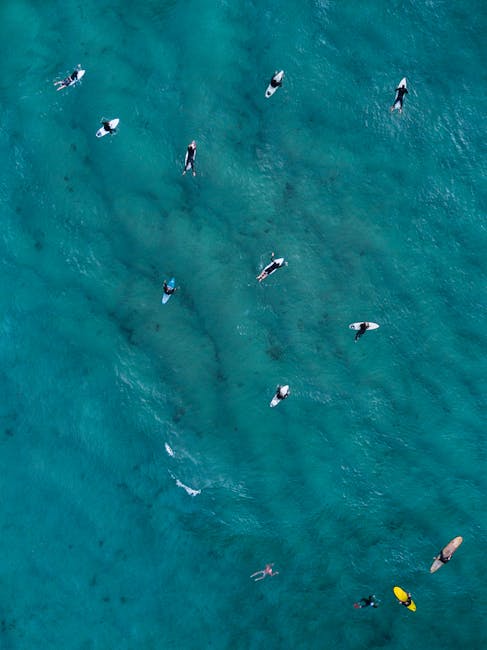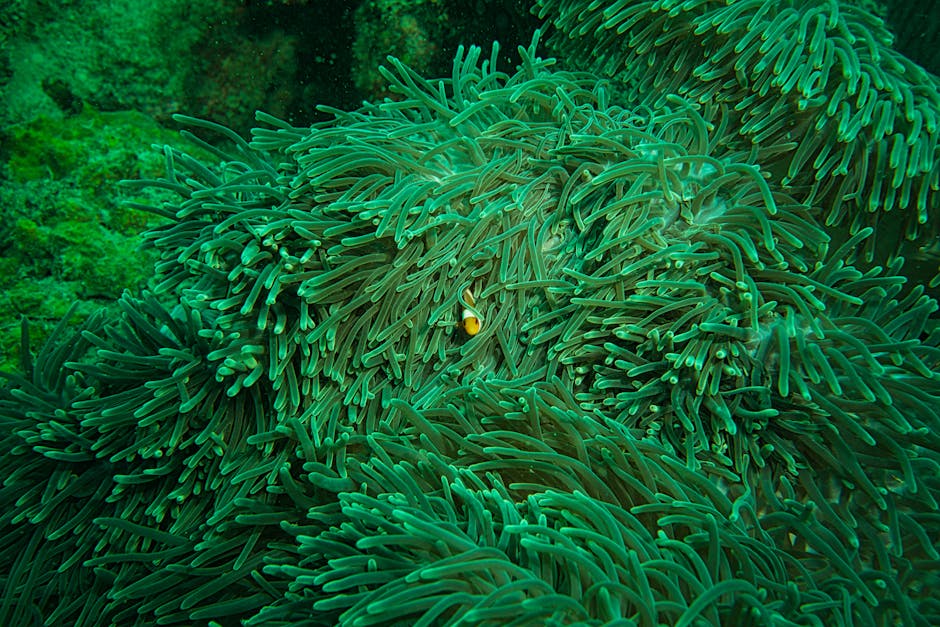Exploring the Paradox: Sugar and Salt in the Deep Sea
The deep sea, a realm of perpetual darkness and immense pressure, is a seemingly inhospitable environment. Yet, life thrives in this extreme habitat, fueled by a complex interplay of factors, including the seemingly contradictory presence of significant amounts of sugar and salt. This article delves into the fascinating world of deep-sea chemistry, examining the sources, distribution, and ecological significance of dissolved organic matter (DOM), particularly sugars, and the ubiquitous presence of salt in the deep ocean.
The Sources of Deep-Sea Sugar
Contrary to intuition, the deep ocean is not devoid of organic matter. In fact, a significant amount of dissolved organic carbon (DOC), including various sugars, is transported from the surface waters to the deep sea through a process known as the biological pump. This pump involves the sinking of phytoplankton and other organic debris after they die. During this sinking process, microorganisms break down the organic matter, releasing DOC, including sugars, into the surrounding water.

Another crucial source of deep-sea sugar is hydrothermal vents. These unique ecosystems, found along mid-ocean ridges, support chemosynthetic microbial communities that thrive on chemicals emanating from the Earth’s interior. These microbes produce organic matter, including sugars, which form the base of the hydrothermal vent food web. The unique chemistry of these vents creates conditions vastly different from the surrounding ocean, leading to unusual biochemical pathways and unique organic compounds.
The Role of Marine Snow
Marine snow, a constant rain of organic particles sinking from the surface, plays a pivotal role in delivering organic carbon, including sugars, to the deep sea. This “snow” comprises a complex mixture of dead organisms, fecal pellets, and other organic debris. The breakdown of marine snow by bacteria and other microbes provides a crucial energy source for the deep-sea ecosystem. The composition of marine snow is highly variable, influenced by factors such as surface productivity and the type of organisms present in the upper layers of the ocean.
The Ubiquity of Salt: A Defining Feature of the Deep Sea
The high salinity of seawater, primarily due to dissolved sodium chloride (NaCl), profoundly influences the physical and chemical properties of the deep ocean. This high salinity affects the density of seawater, driving deep ocean currents and influencing the distribution of nutrients and dissolved organic matter. The salt concentration itself also influences the metabolic processes of deep-sea organisms, requiring them to have specialized adaptations for osmotic regulation.
The Impact of Salinity on Deep-Sea Organisms
Deep-sea organisms have evolved remarkable adaptations to cope with the high salinity of their environment. Many have specialized cells and mechanisms to regulate the balance of salts and water within their bodies. Osmoconformers maintain internal salinity levels that are similar to their surroundings, while osmoregulators actively control their internal salt concentrations, regulating water balance even in a high-salt environment. These adaptations are crucial for survival in the deep sea.

The Interaction of Sugar and Salt in Deep-Sea Ecosystems
The interplay between the availability of organic carbon (including sugars) and the high salinity of the deep sea is a key factor shaping the structure and function of deep-sea ecosystems. The concentration of organic matter, including sugars, is often lower in the deep sea compared to shallower waters. This scarcity of resources drives the evolution of specialized adaptations in deep-sea organisms, including efficient nutrient uptake mechanisms and slow metabolic rates.
Furthermore, the chemical interactions between dissolved organic matter, including sugars, and salt ions can influence the bioavailability of nutrients and the overall chemical environment. Salinity can affect the solubility and reactivity of organic molecules, potentially influencing their availability to deep-sea organisms. Research into these complex interactions is ongoing and revealing new insights into the functioning of deep-sea ecosystems.
The Significance of Deep-Sea Sugar and Salt Research
Understanding the distribution, sources, and ecological roles of dissolved organic matter, including sugars, and the impact of salinity in the deep sea is crucial for a number of reasons. It contributes to a broader understanding of marine biogeochemical cycles, providing insights into carbon sequestration and nutrient cycling in the global ocean. Deep-sea research also helps to uncover new species and unique adaptations that can inform other fields of science, such as biotechnology and medicine.
Moreover, the deep ocean plays a significant role in regulating the Earth’s climate. The deep sea acts as a massive carbon sink, absorbing vast amounts of CO2 from the atmosphere. Understanding the processes that govern carbon cycling in the deep sea, including the role of organic matter and salinity, is crucial for accurately modeling climate change and predicting future scenarios.
Future Research Directions
- Further investigation into the diversity and distribution of deep-sea microorganisms and their roles in organic matter cycling.
- Advanced techniques to better quantify and characterize the complex mixture of dissolved organic matter in the deep sea.
- Studies exploring the interactions between salinity, organic matter availability, and deep-sea organism adaptations.
- Research into the impact of human activities, such as pollution and climate change, on deep-sea ecosystems and their biogeochemistry.
In conclusion, the deep sea, despite its seemingly harsh conditions, harbors a rich and diverse ecosystem. The presence of sugar and salt, seemingly paradoxical yet vital components, profoundly influences the biology and chemistry of this vast and largely unexplored environment. Continued research is essential to unveil the intricate relationships between these factors and the unique life forms that call the deep ocean home.


